Under the Sustaining Research Program in the Marine Environment... A Research Team Studies Sea Turtles
Jan. 27, 2021 | ResearchAs part of the Sustaining Research VI Program between KFUPM and Saudi Aramco, a research team led by Dr. Rommel Maneja issued a paper on the biology and ecology of sea turtles that aims to support their conservation management in the Saudi waters of the Arabian Gulf.
The research aims to enhance the understanding of the biology and ecology of sea turtles that live in the waters of the Kingdom in the Arabian Gulf, and to determine their basic habitats, such as nesting areas (laying eggs) and food areas, in addition to assessing the state of their main nesting sites, distribution, and connectivity.
Dr. Maneja mentioned that during this project, migrations of turtles were tracked remotely via satellites, the degrees of genetic kinship between their various groups were studied, the distribution of their nesting areas, and the effects of human actions, such as pollution and fishing, were evaluated on these endangered animals and on the remote marine islands that represent their nesting areas.
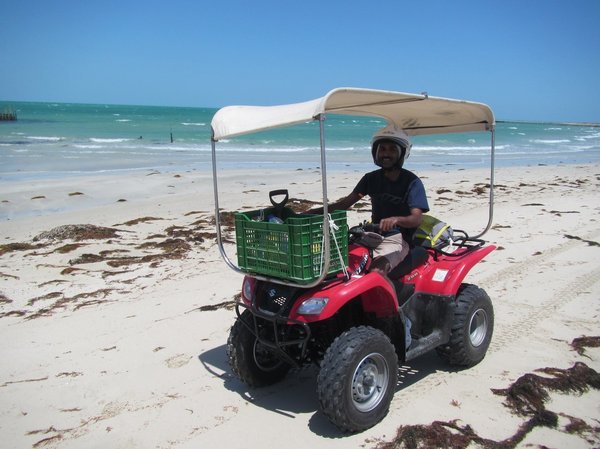
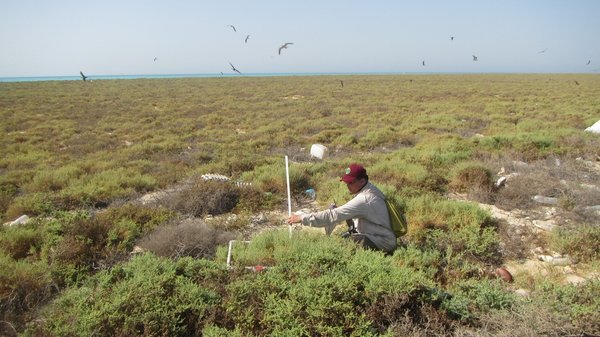
He explained the importance of sea turtle research in understanding the links between the different components of the ecosystem, which enhance the resilience and suitability of habitats that maintain turtle populations, especially nesting islands in Saudi waters.
The Arabian Gulf hosts all-important habitats for the different life stages of sea turtles. These habitats include feeding, breeding, nesting grounds, the open sea habitats of the hatchlings and juveniles, and the intermediate areas for juveniles before settling to the adult foraging grounds, he added.
The researcher indicated that certain types of turtles such as Hawksbill and green turtles had made the Arabian Gulf as its home. The Karan and Jana islands, in Saudi waters, are the major nesting sites for these types.
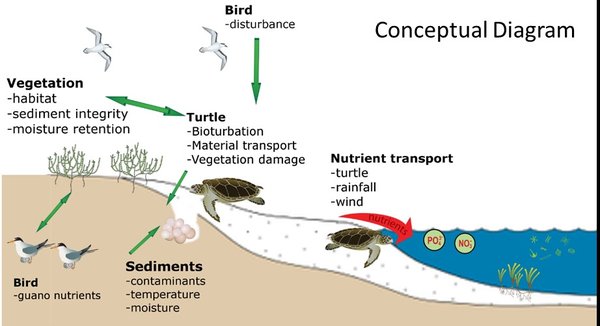
Dr. Maneja pointed out that the research gave strong emphasis to assessing the island ecosystem, and the team employed several advanced and state-of-the-art technologies to achieve the goals of the sea turtle research.
In the research process, the team tagged 14 hawksbill turtles and 16 green turtles at Jana and Karan in 2017 to track them. Satellite tracks show the majority of hawksbill and green turtles use the northern basin as foraging sites with the hawksbill preferring the western side more.
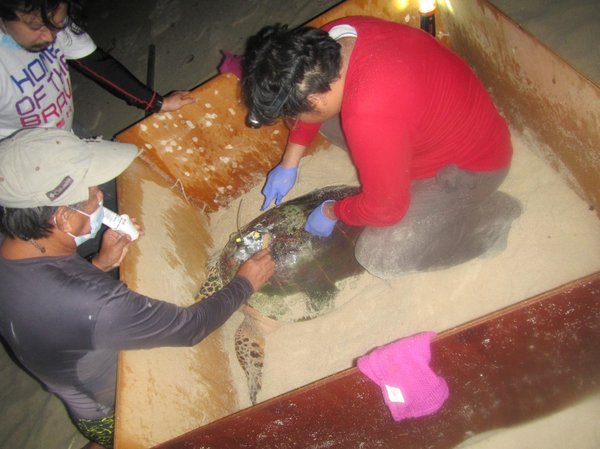
The research team assesses the island ecosystem and the suitability of the islands as good nesting sites and a natural incubation environment for turtle eggs. The studies include the nesting environment, such as moisture content, temperature, salinity, nutrients, and others.
Dr. Maneja said: “We assessed the status of hatching success on the islands and conducted nest transplantation and shading experiments to improve the observed decrease in hatching success".
The team utilized satellite and remote sensing technologies in assessing the vegetation profiles and beach loss of the offshore nesting islands.
The Karan and Jana offshore islands had lost an estimated 1.4 hectares of beach extent since 1965, resulting in narrowing of beach width, which makes the sand saltier and less fit for proper egg development.
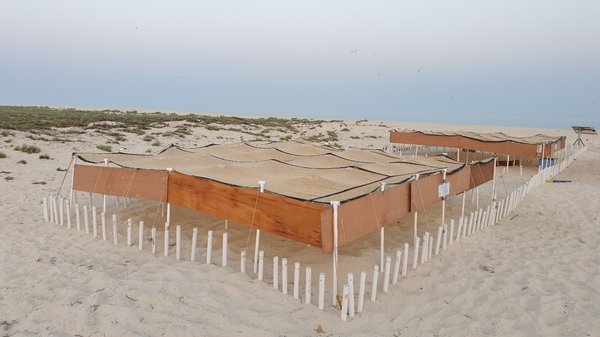
By assessing the vegetation profile from 1999 to 2018, and following the rainfall patterns in the region, the researcher and his team observed an increase in the biomass of dead plants on the islands due to long-term drought, he added.
Dr. Maneja believes that if similar conditions persist, it may eventually lead to island desertification.
He explained that marine debris such as plastic bottles, wood, rubber, and discarded fishing equipment prevents turtles from reaching the nesting beach, and impedes the entry of their young into the sea.
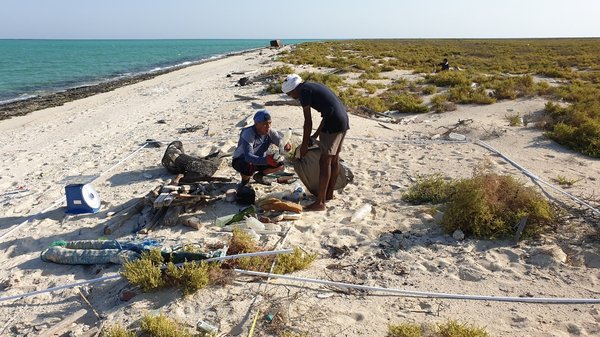
Finally, the researcher explained that the multidisciplinary approach employed in the research allowed the team to assess the interlinked components that sustain the different sea turtle habitats particularly the offshore nesting islands and the foraging grounds. Also, the approach highlighted the impacts and threats to the sea turtle population in the Arabian Gulf.
He thinks that more work needs to be done to facilitate the long-term survival of sea turtles in the Arabian Gulf.
He considered that regional cooperative and coordinated conservation management of marine species and their habitats is essential for the long-term conservation of resources.
As a result of this program, two papers on sea turtles have been published and more to come.

Dr. Rommel Maneja is currently working as a Research Scientist at King Fahd University of Petroleum & Minerals - Center for Environment & Water (CEW).
He obtained his Ph.D. in Natural Sciences from Christian Albrecht University, Germany, in 2012. His interest is in the basic research of the marine environment and its impact on marine organisms.



